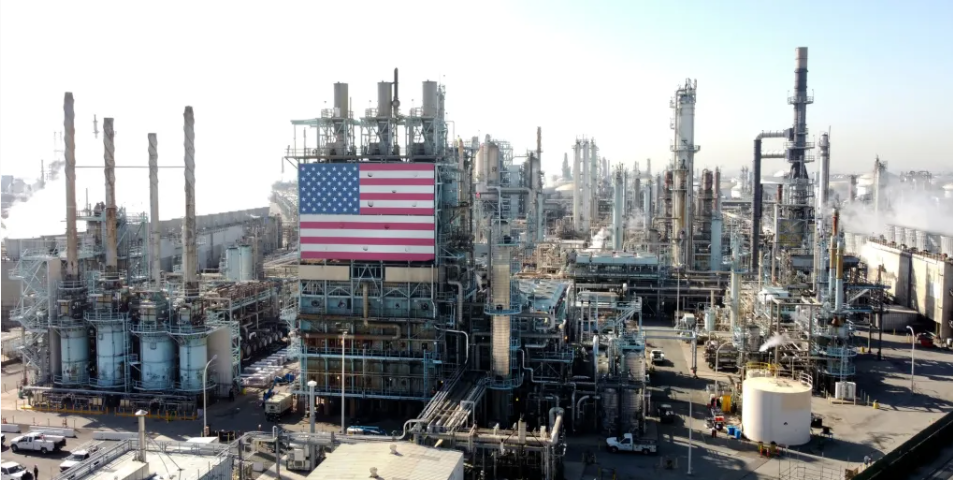Introduction: What will you drive? The increase in price and decrease in production
A fresh set of difficulties facing automakers has thrown a wrench in vehicle manufacturing and sent shockwaves through the industry. The path to developing the next generation of cars is paved with obstacles such as supply chain disruptions, semiconductor shortages, global logistical complexities, labor scarcity, and the constant pressure to comply with strict environmental standards. This is a time of rising consumer demand and technological advancement. The top automakers worldwide are having a more challenging time keeping up with the rising demand for new vehicles due to these obstacles.
The global automotive industry is at a turning point in a time of increasing environmental concerns and technical developments. Automobile producers are negotiating a rugged terrain of obstacles that jeopardize the smooth manufacturing and delivery of automobiles. The many problems that have left businesses finding it difficult to meet the unquenchable demand for vehicles from consumers range from supply chain disruptions brought on by pandemics, such as COVID-19 shortages of semiconductors, logistical challenges, and labor shortages. The industry is facing a challenging moment as the need for vehicles is ever-relenting and never-ending.
“A lack of production of vehicles is going to grossly inflate the price of cars in general, especially the used car market,” warns one avid car enthusiast and SRA student, echoing the concerns of many who fear the economic repercussions of the industry’s current challenges.
The global automobile sector is facing a new set of difficulties that are upsetting vehicle production and having a ripple effect on the market. The path to the next generation of cars is a winding road of obstacles due to supply chain interruptions, semiconductor shortages, logistical challenges, labor constraints, and environmental laws.
Notwithstanding these obstacles, customer demand is still unquenchable, which drives up prices and lengthens wait times for purchasers. There will be many challenges and opportunities on the horizon as the industry works to address these difficulties. The last question is, what will be the next choice for someone looking to buy a car in an industry on the brakes?







































